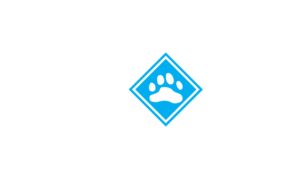Important Safety Tips for Skiers
- Never ski alone
- Always tell someone where you are going and when you expect to return
- Use equipment designed for the backcountry
- Eat before you’re hungry, drink before you’re thirsty
- Bring a map of the area you are skiing, and a compass (and know how to use it!) Do not rely exclusively on your GPS or smartphone, as reception can fail and batteries can die
- Be prepared for emergencies
- Avoid cotton clothing
- Before you go, familiarize yourself with possible exit points and landmarks
- Be aware of weather conditions and the time of day. The weather changes quickly in the mountains. It also gets cold and dark very early
- Apply good judgment
- Be willing to turn back if circumstances call for abandoning a tour
- Bring a first aid kit, and repair kit
- Pack extra clothes, food and other aids to ward off hypothermia in case of emergency
Other Safety Considerations
Your Skiing Environment
The backcountry is not the resort. Every effort has been made to ensure our zones are well marked and free of hazards. However, conditions change throughout the winter. An ice storm can bring trees down; a sudden thaw can wash out a bridge. In addition, snow conditions can have a dramatic effect on how challenging the skiing is. A line that is an intermediate ski in fresh powder can be much more challenging if that powder turns to ice or breakable crust.
Weather
Be prepared for all types of weather. Listen to a detailed, local weather forecast before heading out. Take plenty of warm clothes and always dress in layers. You may be warm and comfortable in the morning, but have the wind pick up and the temperature drop 20 degrees by the afternoon. Avoid cotton clothing. Carry a functioning headlamp and extra batteries in case your outing takes longer than expected.
Food & Water
You should expect to eat and drink almost twice as much while skiing as you normally do, so prepare accordingly. Protect water bottles from freezing, and consider bringing a thermos with hot tea or cocoa. Even if you don’t eat all your food, someone else may be forever grateful for that extra brownie that got him/her out the last mile back to the car.
Equipment
Choose equipment and clothing that is appropriate for your outing, and in good working order. You should also have boots, bindings, and poles designed for specifically for use in backcountry terrain.
Ski & Pole Repair
An easy, fun tour can turn into an ordeal when your equipment fails. Be sure your equipment is in good working order before you start your tour. Bring tools and materials to make repairs on your skis, bindings, and poles. Example Repair Kit
Ski In Control
Skiers must always ski in control and take personal responsibility for having a safe and enjoyable experience in the woods.
Blazes
Blazes are sometimes pilfered, sometimes obliterated by blowing snow, or sometimes attached to a tree that fell in the last storm. If you travel for some distance without seeing the appropriate blazes and are unsure of where to go, immediately backtrack to the last blaze seen and begin your search from there.









